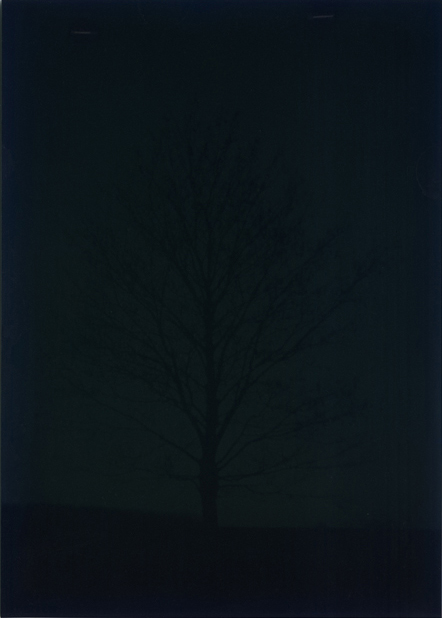Agfa Clack
Because of its simple construction and mass market character, the Agfa Clack is often dismissed as a mere toy camera. Between 1954 and 1965, 1.65 million copies of the camera were spit out by the Agfa-factories in Leverkusen, Germany, selling for 19,50 DM a piece back in the days. The Clack (named after its characteristic shutter sound) is usually categorized as a transitional stage between box- and compact camera and stands out for its exceeding simplicity. The camera features three settings: 3m-∞, sunny; 3m-∞, overcast; and a close-up mode for pictures at a 1 to 3 meter range. In addition, there are connectors for a wire relase and a synchronized flash (which in reality rarely functions synchronically, according to my experience). The single element meniscus lens cannot possibly be called a wonder of optical technique, but two design features enable decent image quality nonetheless: first, the large negative size used (6x9 cm), second the beautifully smooth curve at the camera's backside, which cleverly compensates for the distortion brought about by the meniscus.
The Clack consists of a plastic lens- and film body and a metal shell coated with 'Reptilienleder-Imitat' (to quote the untranslateable description from the German Wikipediapage). The early version came with a built-in yellow filter that rotated before the lens when choosing the 'sunny'-mode; later models replace this with a more narrow aperture of about f/16. Normal aperture approximates f/11. Shutter speed must be roughly 1/30 seconds, so a firm hand is definitely a pro in handling the Clack.



|
![ruben van luijk: [no title]](../plaatjes/20211126-N01as20230228J9web Ruben van Luijk.jpg)
|

|

|

|

|

|
